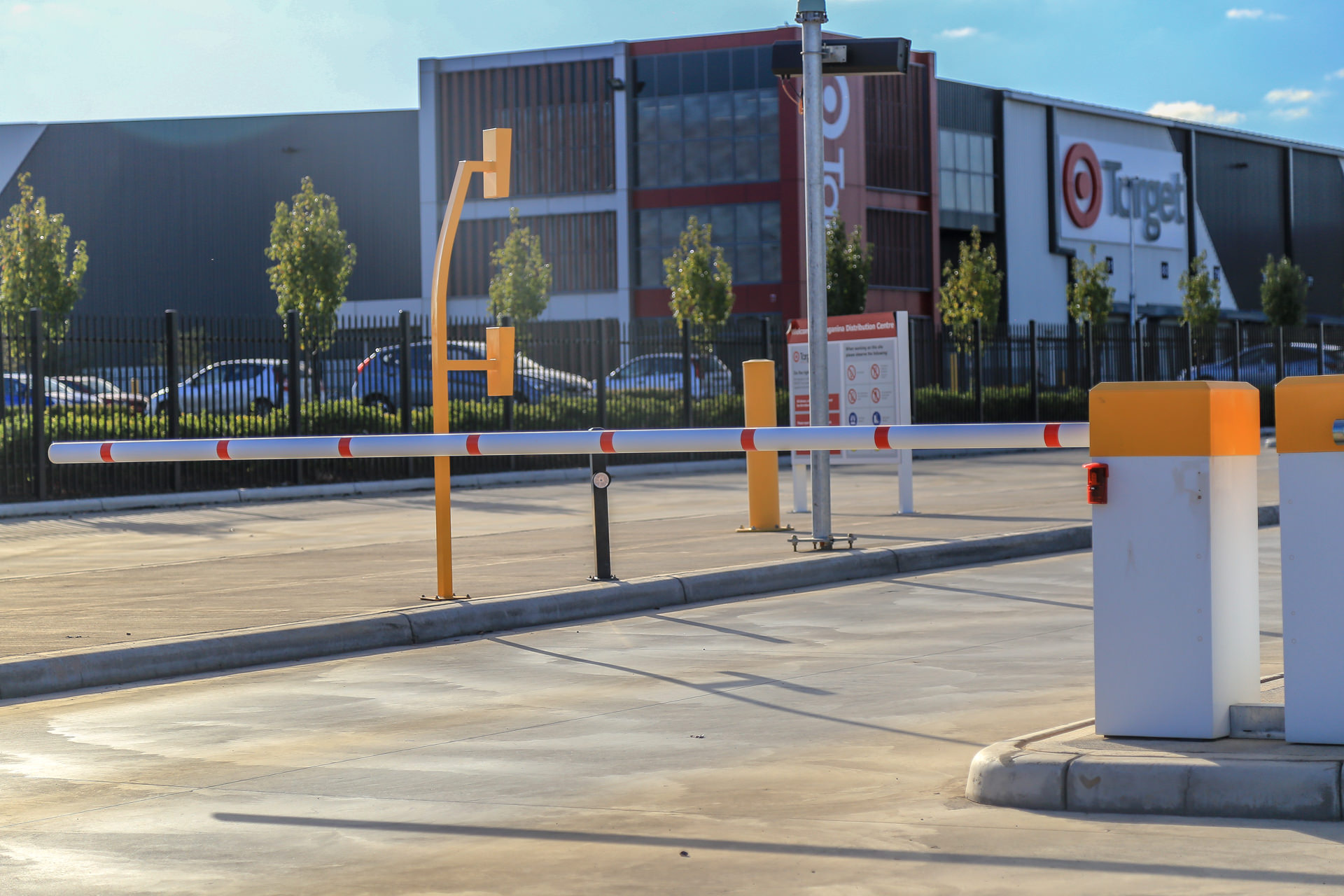
Boom Gates
Types of Boom Gates
- Manual Boom Gates: Operated by a person, typically seen in less automated environments.
- Automatic Boom Gates: Operated by mechanisms such as motors, sensors, or remote controls. These are commonly used in modern facilities.
Key Components
- Barrier Arm: Horizontal bar blocking the passage.
- Motor/Mechanism: For automated gates, a motor raises and lowers the barrier arm.
- Control System: Buttons, sensors, remote controls, or integrated systems for automatic operation.
- Support Structure: The post or frame holding the barrier arm and mechanisms.
Applications
- Railway Crossings: To stop vehicles and pedestrians when a train is approaching.
- Toll Plazas: To control vehicle access and collect tolls.
- Parking Lots: To manage entry and exit, often integrated with ticketing or access control systems.
- Private Entrances: To control access to private properties or restricted areas.
Pros and Cons of a Counterweight Door System for a Garage Door
Pros
- Safety: Prevents unauthorized access and manages traffic flow.
- Security: Enhances security by controlling who can enter or leave a facility.
- Efficiency: Automates traffic management, reducing the need for manual intervention.
Cons
- Maintenance: Requires regular maintenance to ensure proper operation.
- Cost: Initial installation and ongoing maintenance can be costly.
- Malfunctions: Mechanical or electrical failures can cause operational issues.
If you have any specific questions or need more detailed information on a particular aspect of boom gates, feel free to ask!


